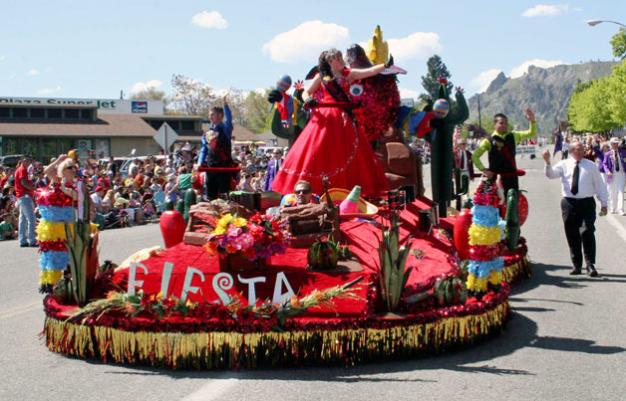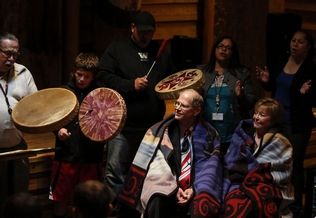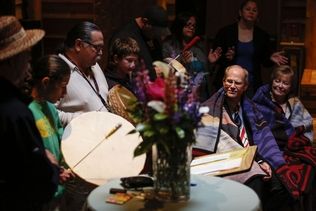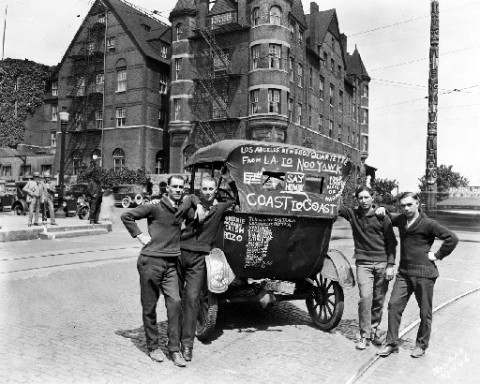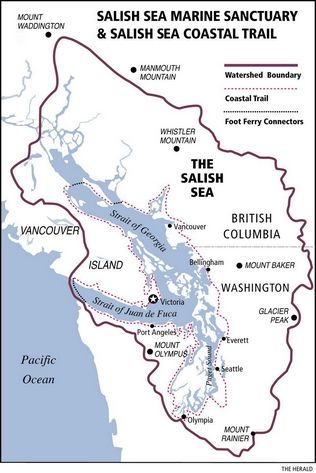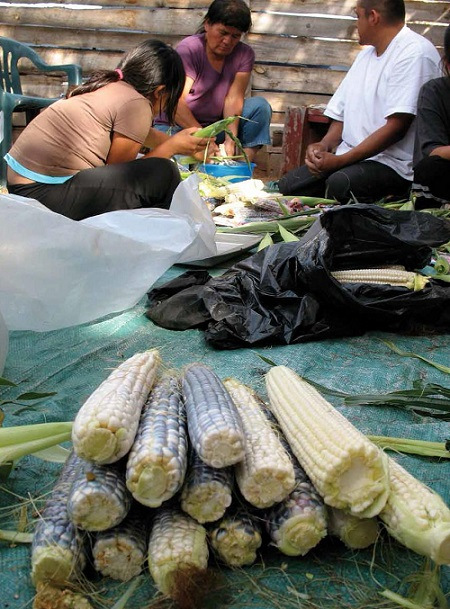Indian Country Today Media Network
American Indians in the state of Washington are disproportionately represented in the criminal justice system according to Chris Stearns, which has made it difficult to find a job upon release – not anymore. On June 10, the Seattle City Council unanimously (9-0) passed a new law that will allow people with criminal records to have a fair shot at getting jobs.
Stearns, chairman of the Seattle Human Rights Commission praised the passage that will prevent employers in Seattle from simply rejecting them outright or denying them work solely on the basis of a conviction (not an arrest) unless the employer believes there is a direct connection between the crime and the work sought.
“We are grateful to Council Member Bruce Harrell who took a chance on this bill way back when it was not popular at all but who saw the need for justice nonetheless. We are grateful to the women of Sojourner Place who came to the Commission over three years ago asking for help in changing the laws so they could be reunited with their children and start off a new life with dignity and hope. And that is what this new law is all about. It’s about hope, dignity, and redemption,” Stearns said.
“The legislation is important in making our local economy work for everyone, removing barriers to accessing jobs and creating a pathway for re-entry and success,” Harrell said in a Seattle Council release following the passage.
With the bill’s passage comes the banning of any ads by employers stating that people with criminal records need not apply.
“This bill helps create the opportunity for a real second chance by giving people with criminal records an opportunity to get their foot in the door, to meet a potential employer and to make their case for why they should get the job. It creates this opportunity while still allowing employers to use criminal history in hiring decisions,” Councilmember Mike O’Brien said in the Council release.
“The Commission believes that this bill is especially important for Native Americans because they are disproportionately represented in the criminal justice system,” Sterns (Navajo) said. “For instance, Native Americans comprise only 1.5 percent of the total state population, yet they account for 4.3 percent of those in Washington prisons. While African Americans make up only 3.6 percent of Washington’s population, they account for nearly 19 percent of the state’s prison population. In Washington State 80 percent – 90 percent of all felony defendants are in extreme poverty at the time of charging. Native Americans have the highest rates of poverty nationwide (27 percent) and in Seattle (33 percent).”
The statistics are staggering and are not just connected to Seattle. According to a 2011 article at Crosscut.com, “an arrested Native American had a 4.1 times greater chance of getting prison time than a similar white arrestee. That chance was 7.2 times as much in King County (Seattle). Other ratios were 4.7 in Pierce County (Tacoma), 3.6 in Thurston County, 3.5 in Kitsap County, 2.7 in Snohomish County and 27.3 in Chelan County.”
“The new law gives all people looking for work, including those who have made mistakes, the chance to be considered on the basis of their strengths not their weaknesses. We are so proud of this law and what it says about Seattle’s heart,” Stearns said.
Read more at https://indiancountrytodaymedianetwork.com/2013/06/13/new-law-seattle-could-help-natives-disproportionate-statistics-149863



